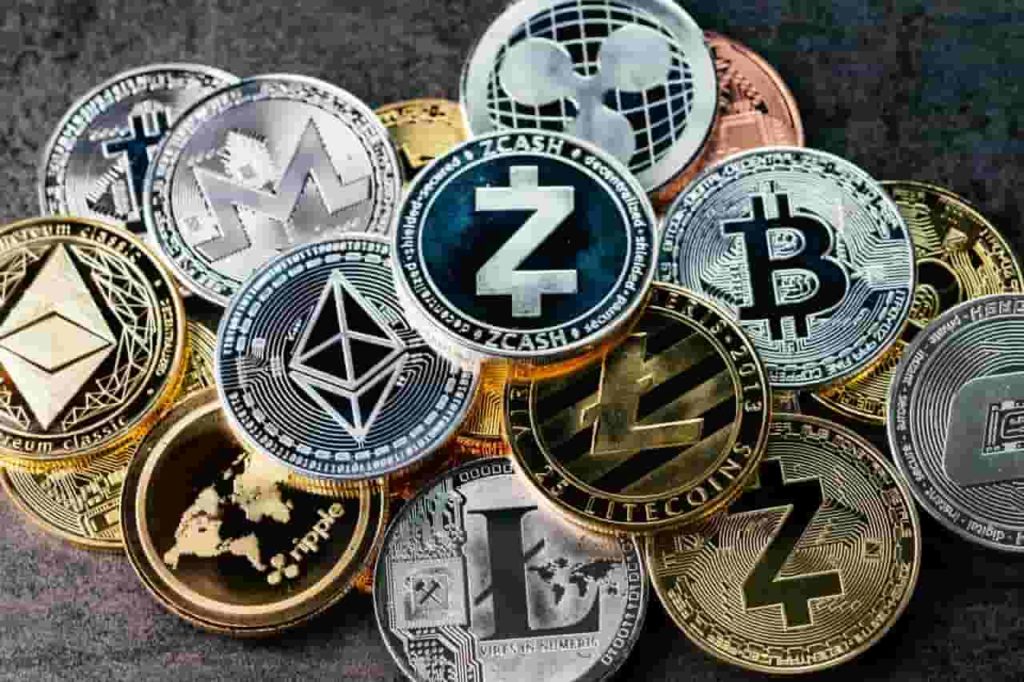After a period of uncertainty that followed a major rout of the cryptocurrency market, digital assets seem to be on the road to recovery, with the United Kingdom’s central bank comparing the crash with the burst of the dot-com bubble.
Specifically, Bank of England Deputy Governor Jon Cunliffe said the survivors of the crypto market crash could rise to become the technology companies of the future, like Amazon (NASDAQ: AMZN) and eBay (NASDAQ: EBAY) after the dot-com collapse in the early 2000s, Bloomberg reported on June 22.
Speaking at the Point Zero Forum in Zurich on June 22, the U.K. central banker said:
Picks for you
“The analogy for me is the dot-com boom, when $5 trillion was wiped off values. (…) A lot of companies went, but the technology didn’t go away. It came back 10 years later, and those that survived — the Amazons and the eBays — turned out to be the dominant players.”
According to him, this technology has “huge applications and potential within the financial sector” despite the current uncertainty, adding that:
“Whatever happens over the next few months to crypto assets, I expect crypto technology and finance to continue. (…) It has the possibility of huge efficiencies and changes in market structure.”
Meanwhile, the report said that the U.K.’s banking authority was exploring the possibility of developing its own retail central bank digital currency (CBDC) and planned to produce a consultation paper by the end of 2022.
BoE’s views of crypto
Interestingly, one week before, Finbold reported on BoE’s Governor Andrew Bailey discrediting crypto as having “no intrinsic value” while addressing the U.K. Parliament Committee. He based his opinion on the recent decline of the crypto market.
In December, Cunliffe warned that the rapid growth of crypto could pose a serious threat to the established financial system, stressing that most of the risk emanated from the market’s volatility while admitting that major assets like Bitcoin (BTC) were becoming mainstream.
At the same time, a BoE blog post disparaged Bitcoin as “worthless”, stating that the flagship digital currency did not meet many of the requirements necessary to be a currency and that it was intrinsically volatile.





